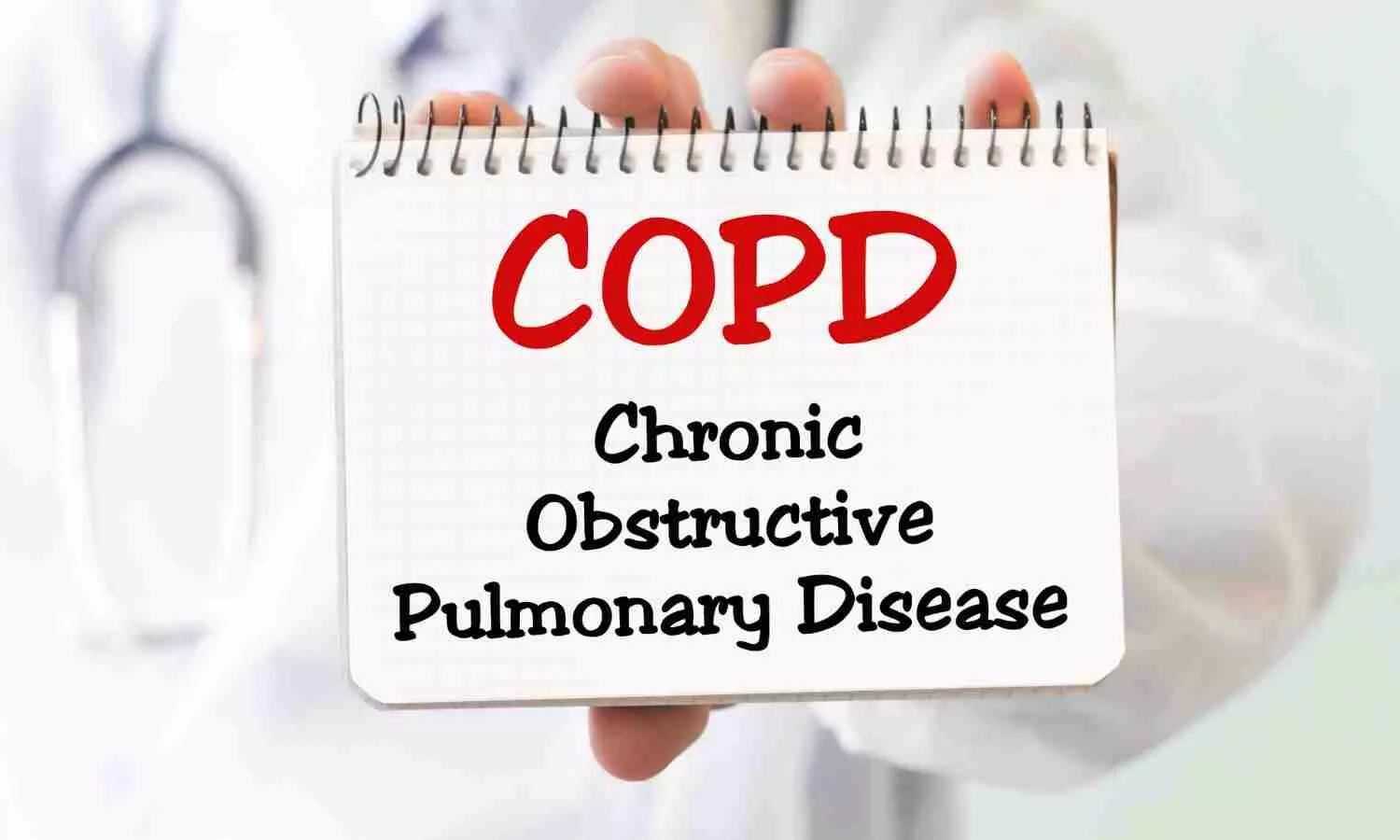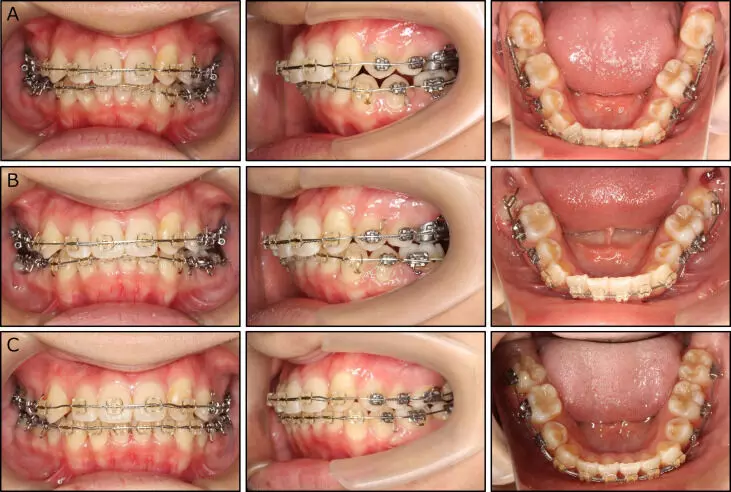Families of Men with azoospermia and severe oligozoospermia more exposed to cancer risk: Study

A recent study published in the Human Reproduction found the familial multicancer patterns among men with azoospermia and severe oligozoospermia by offering valuable insights into the heterogeneity of cancer risk within these subfertility groups. The research utilized extensive population data to analyze cancer risks among families of subfertile men.
This study involved a retrospective cohort of 786 subfertile men including azoospermic and severely oligozoospermic individuals who were matched with fertile population controls. The research identified family members up to third-degree relatives for both subfertile men and controls with over 337,754 individuals over a period from 1966 to 2017.
The findings revealed distinct familial cancer patterns in the azoospermia and severe oligozoospermia cohorts that indicates variations in cancer risk not only between different types of subfertility but also within subfertility types. Also, this study identified significant increases in cancer risks in specific types among both cohorts when compared to control families.
In the azoospermia cohort, the increased risks were observed for bone and joint cancers, soft tissue cancers, uterine cancers, Hodgkin lymphomas, and thyroid cancer. The severe oligozoospermia cohort showed higher risk for colon cancer, bone and joint cancers and testis cancer, along with a decreased risk of esophageal cancer.
This analysis identified multiple clusters of familial multicancer patterns within both cohorts, with some expressing elevated cancer risks across various types. Certain clusters expressed increased odds of cancer diagnoses at young ages by including adolescent and young adult diagnoses, as well as pediatric cancer diagnoses.
Despite the strengths of the study, including comprehensive population data, the outcomes acknowledge limitations such as the lack of semen measures for fertile men and the absence of information on medical comorbidities and lifestyle factors. The implications of these findings are significant by offering a new opportunity for focused gene discovery and environmental risk factor studies.
Source:
Ramsay, J. M., Madsen, M. J., Horns, J. J., Hanson, H. A., Camp, N. J., Emery, B. R., Aston, K. I., Ferlic, E., & Hotaling, J. M. (2024). Describing patterns of familial cancer risk in subfertile men using population pedigree data. Human Reproduction, dead270. https://doi.org/10.1093/humrep/dead270
Powered by WPeMatico











